-
Company News
-
Industry News
-
Exhibition Information
-
hot sale oxygen concentrator News
-
oxygen concentrator 10lpm News
-
two flowmeter oxygen concentrator News
-
Ozone Disinfector News
-
oxygen machine hospital News
-
low noise oxygen concentrator
-
oxygen concentrator 10lpm
-
5l oxygen concentrator
-
hospital use oxygen concentrator
-
oxygen concentrators
The La Niña phenomenon is a foregone conclusion. How can COPD patients spend this long winter smoothly?
- Categories:News and Information
- Author:
- Origin:
- Time of issue:2021-11-02 15:04
- Views:
(Summary description)According to statistics, the global incidence rate of people over 40 years old is as high as 9% to 10%. The World Health Organization has designated the Wednesday of the third week of November every year as "World COPD Day" to help people increase their attention to COPD and improve the status of under diagnosis and inadequate treatment of COPD.
The La Niña phenomenon is a foregone conclusion. How can COPD patients spend this long winter smoothly?
(Summary description)According to statistics, the global incidence rate of people over 40 years old is as high as 9% to 10%. The World Health Organization has designated the Wednesday of the third week of November every year as "World COPD Day" to help people increase their attention to COPD and improve the status of under diagnosis and inadequate treatment of COPD.
- Categories:News and Information
- Author:
- Origin:
- Time of issue:2021-11-02 15:04
- Views:
Recently, the National Climate Center announced that the La Niña phenomenon is a foregone conclusion, which indicates that the winter of 2021 will be colder and longer than usual. Cold is an extremely severe test for patients with lung and heart and brain diseases. As a chronic disease that requires long-term treatment, patients with chronic obstructive pulmonary disease are faced with different challenges throughout the year. In particular, the cold air in autumn and winter will aggravate the condition, requiring more detailed daily treatment and maintenance.
Chronic obstructive pulmonary disease ("COPD" for short), is what people often call chronic bronchitis and emphysema. The main symptoms are prolonged cough, sputum expectoration, and shortness of breath. COPD has progressive and irreversible characteristics, and will evolve into pulmonary heart disease over time, and eventually may involve various organs and systems throughout the body. The course of the disease is irreversible, and the disability rate and fatality rate are extremely high.
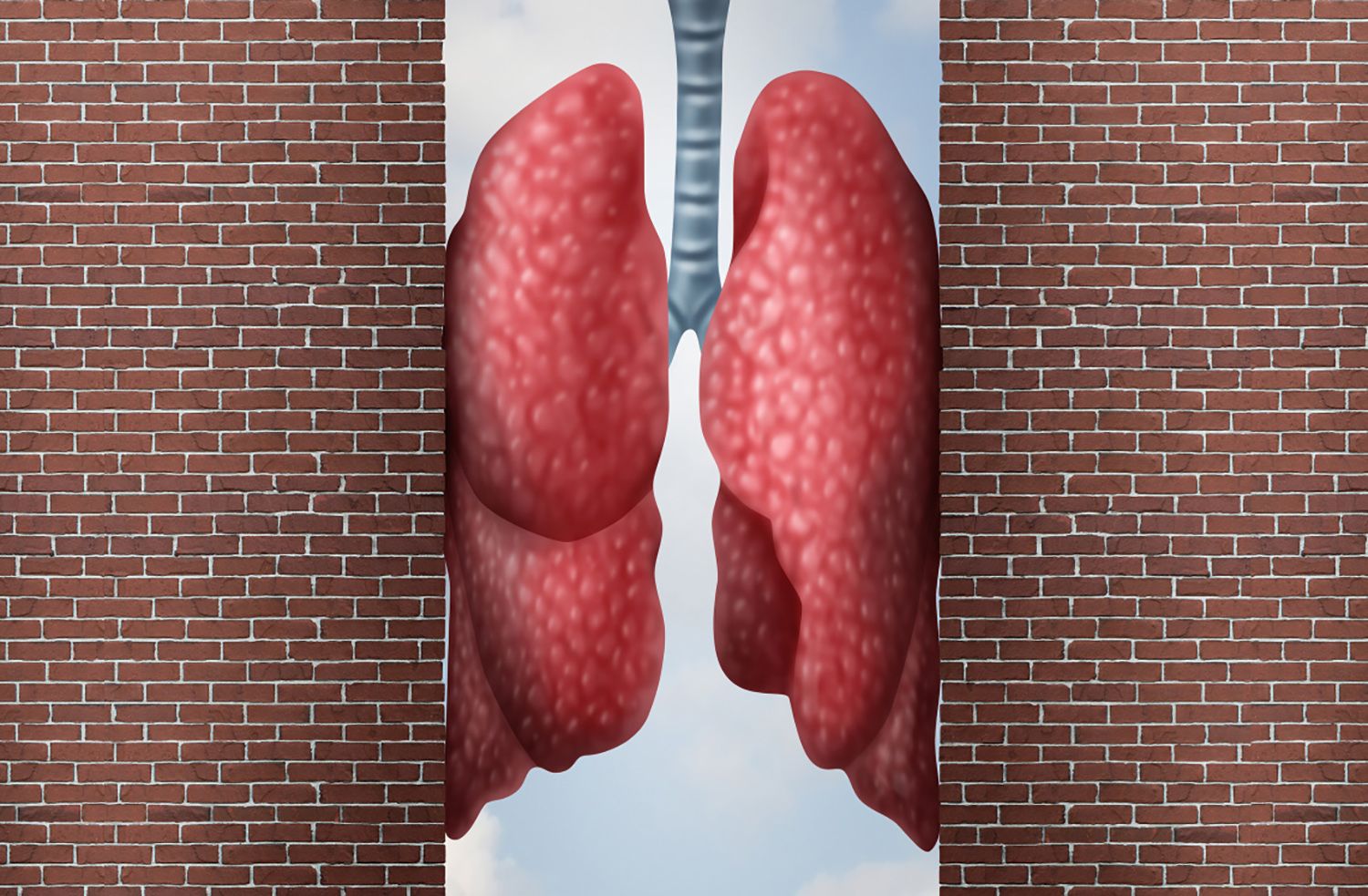
According to statistics, the global incidence rate of people over 40 years old is as high as 9% to 10%. The World Health Organization has designated the Wednesday of the third week of November every year as "World COPD Day" to help people increase their attention to COPD and improve the status of under diagnosis and inadequate treatment of COPD.
The initial symptoms of COPD are chronic cough, wheezing, chest tightness, and sputum; when it is moderate or severe, shortness of breath or dyspnea occurs. Blood gas examination can reveal hypoxemia, hypercapnia, and acid-base balance disorders. . If not treated in time, it can further develop into common chronic diseases such as pulmonary heart disease and respiratory failure, which not only severely reduces the quality of life of patients, but also leads to higher mortality.
At present, there is no medical treatment that can reverse lung function. The key goal of the treatment of COPD is to reduce symptoms, maintain lung function, and reduce acute attacks.
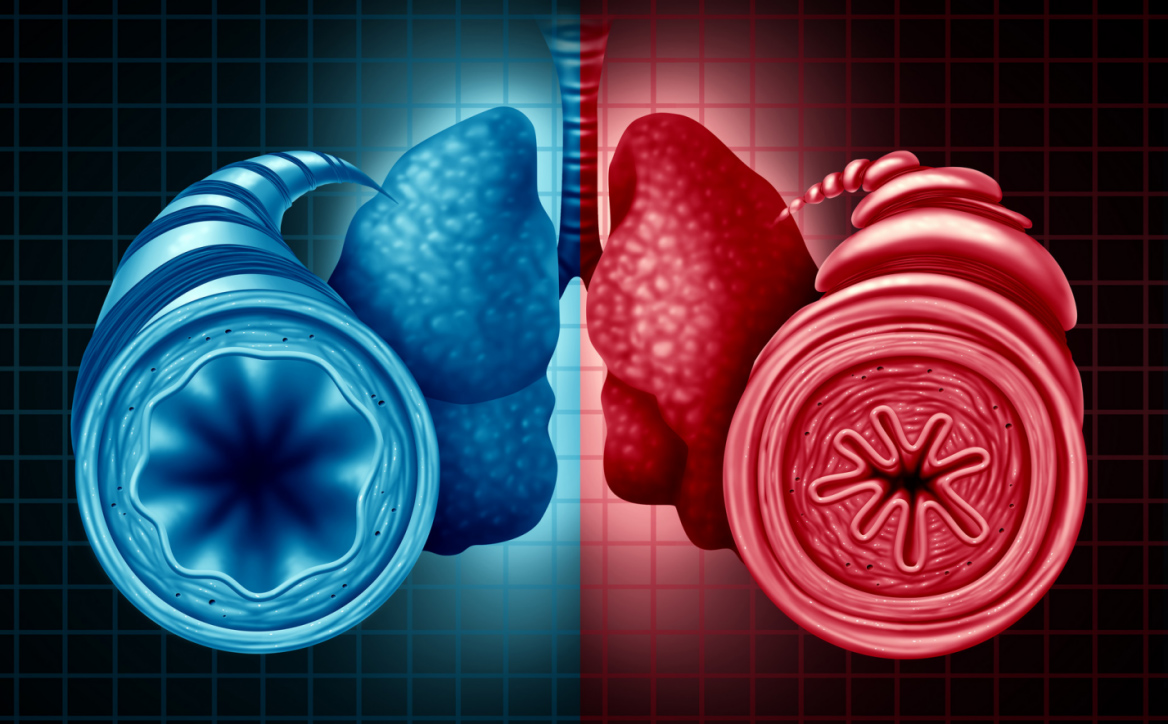
Patients with chronic obstructive pulmonary disease need to be treated every day. The main methods are taking medicine, inhaling oxygen, and maintaining good living habits. Most patients can take home treatment under the guidance of a doctor to maintain good physical condition. In addition to conventional drugs, the necessary equipment in the home treatment plan for COPD patients is: medical oxygen concentrator, non-invasive ventilator, and oximeter.
Home treatment of COPD in stable period of chronic obstructive pulmonary:
In addition to conventional medications, treatments for stable COPD include: smoking cessation, diet adjustment, moderate exercise, and regular low-flow oxygen therapy to maintain blood oxygen saturation. If the patient is accompanied by respiratory failure, long-term home oxygen therapy is required. It is recommended to maintain a low flow of oxygen for a long time, and the oxygen inhalation time should be more than 15 hours a day. At this time, the patient can keep a medical oxygen concentrator that can work uninterruptedly at home, adjust it to a low flow rate, and provide continuous oxygen.
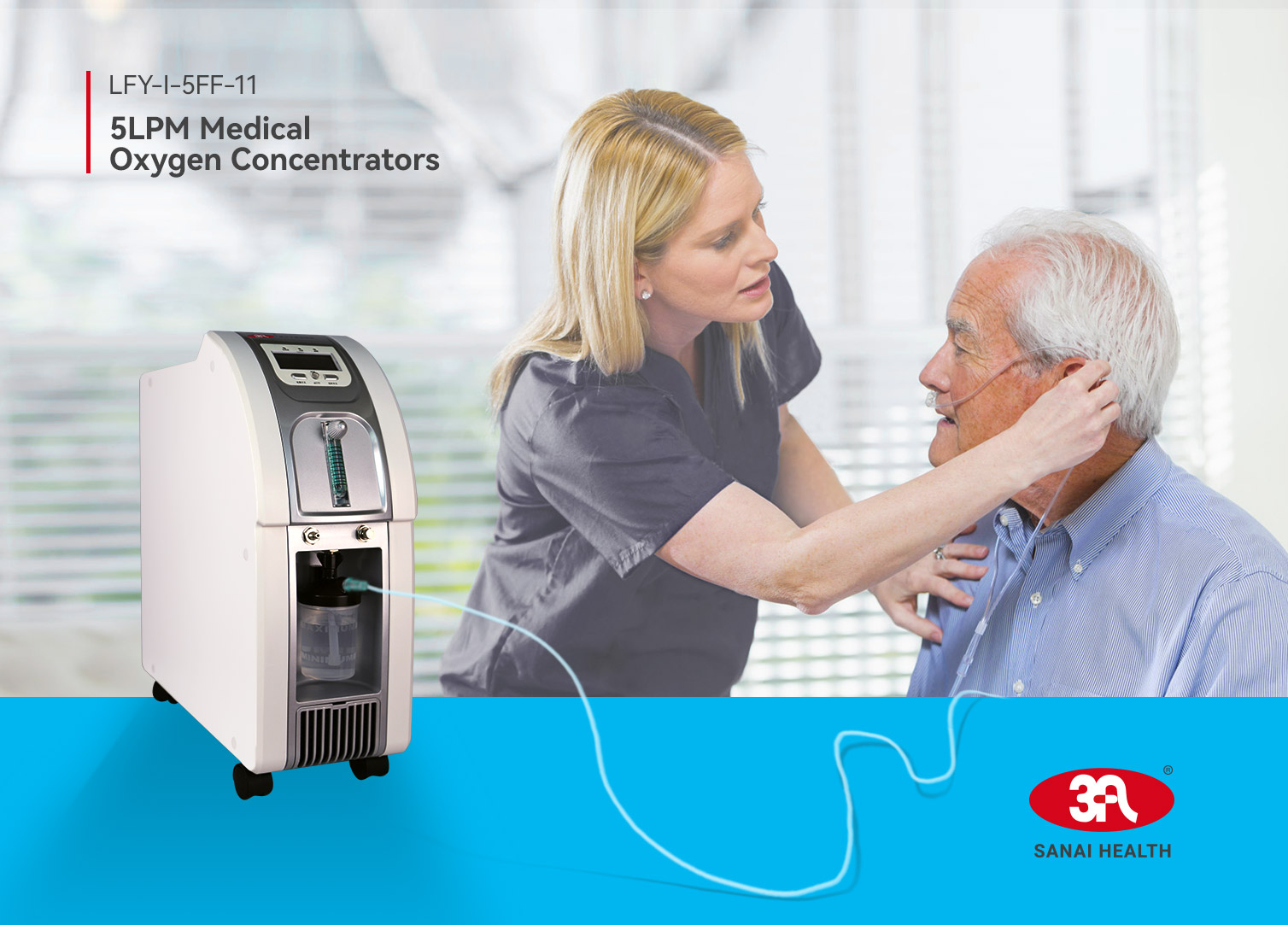
If you need outdoor activities within 1 hour, you can use the oxygen concentrator to fill the oxygen bag, and the patient can carry it out with him, and the oxygen supply is correct.
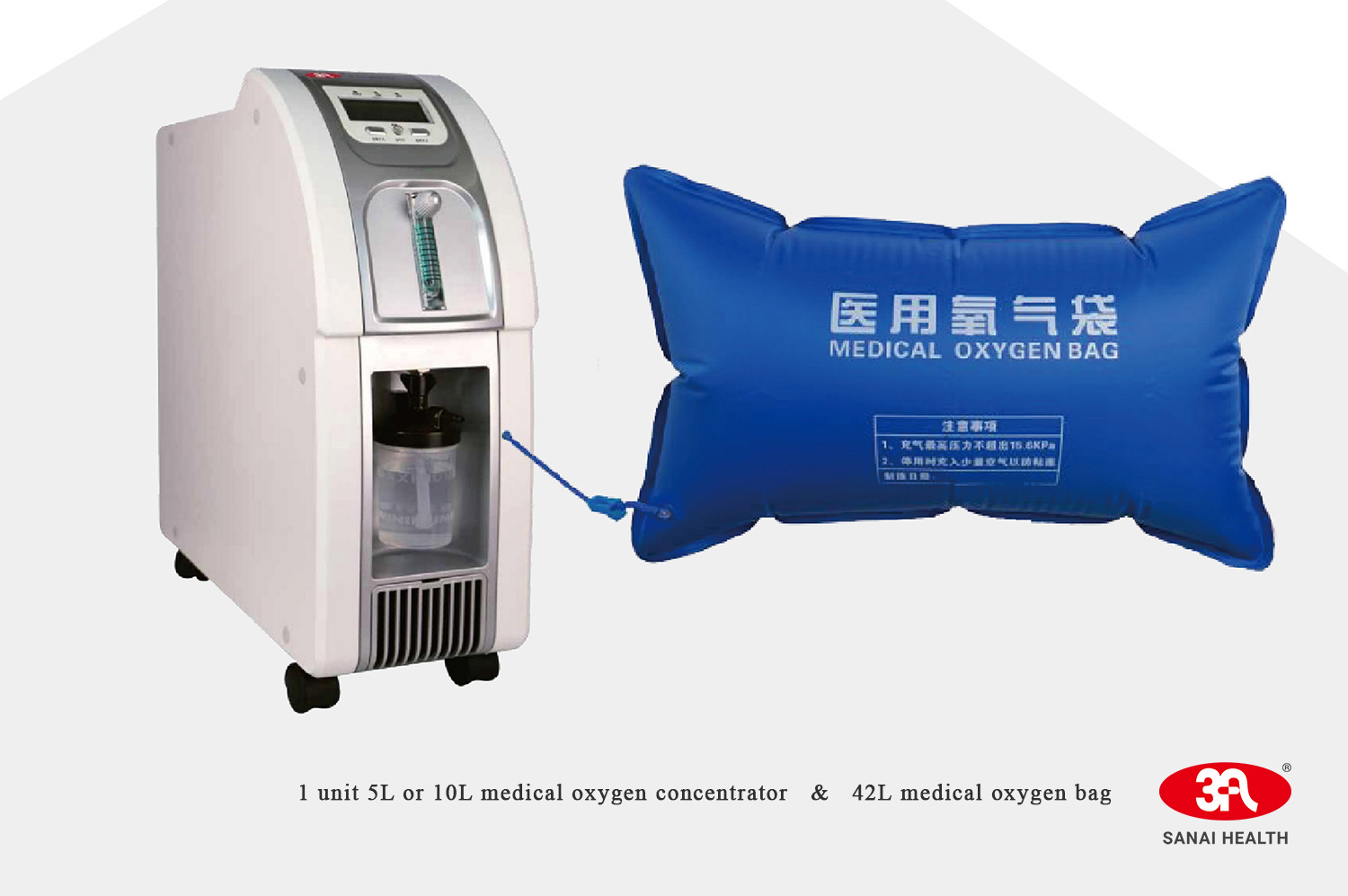
Home treatment for acute exacerbation of COPD:
When the patient’s symptoms worsen due to weather or other reasons, it is necessary to inhale a large flow of high-concentration oxygen to maintain the blood oxygen saturation at 88% to 92%. At this time, the patient can increase the flow of the oxygen concentrator to supply oxygen and pass the blood. Oxygen meter to periodically detect blood oxygen saturation.
If it is still difficult to improve the breathing condition, auxiliary mechanical ventilation treatment is needed, that is, the medical oxygen concentrator is combined with a non-invasive ventilator, and the treatment is performed simultaneously to relieve the symptoms. If there are long-term patients at home, their family members can complete home oxygen therapy under the guidance of a doctor, and check the patient's blood oxygen at any time.
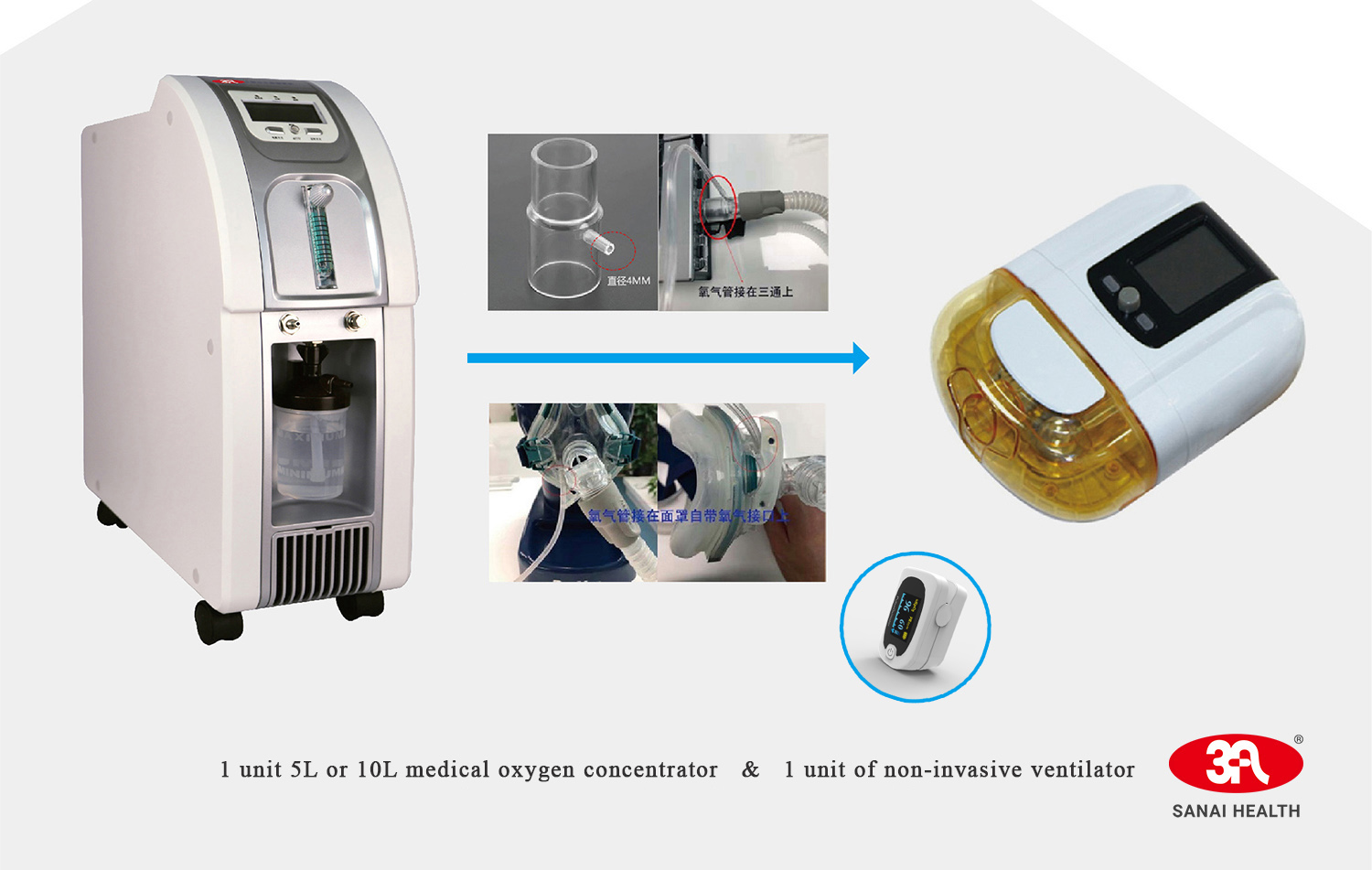
No matter how good the treatment is, no matter how good the treatment is, it can’t be better than proactive prevention at the beginning. What methods can effectively prevent or reduce the symptoms of COPD?
The following six approaches are currently the main methods to prevent and treat COPD:
1. Quit smoking
Smoking is the main risk factor leading to COPD. The key measure to prevent the occurrence and progression of COPD is to quit smoking, which ranks first in importance.
2. Reduce air pollution
Avoid burning biofuels in poorly ventilated spaces, such as burning wood for cooking, burning indoor stoves for heating, and passive smoking. To reduce the inhalation of occupational dust and chemical substances, workers in coal mines, metal mines, cotton textile industry, chemical industry and certain mechanical processing should take appropriate labor protection.

3. Prevention and treatment of respiratory tract infections
Actively prevent and treat upper respiratory tract infections. Inject influenza vaccine in autumn and winter; avoid crowded places; keep the room air fresh; and treat upper respiratory tract infections actively.
4. Strengthen exercise
Choose a suitable exercise method according to your own situation, such as walking, jogging, swimming, climbing stairs, climbing, doing Tai Chi, dancing, lifting a few pounds with your hands, and exhaling while lifting.

5. Respiratory function exercise
Maintaining good lung function can prevent the occurrence of COPD or slow down the development of the patient's condition. Pulmonary function exercises can also be done by doing breathing yoga, breathing exercises, deep slow abdominal resistance breathing exercises, singing, whistling, and blowing instruments. By maintaining good lung mobility, you can have a good quality of life.
6. Cold tolerance exercise
The decrease in cold tolerance can lead to repeated upper respiratory tract infections in COPD patients. You can wash your face with cold water from the summer; practice outdoor activities every day and other ways to exercise cold tolerance.
Sanai Health Technology hopes that everyone can live a healthy and happy life, and also actively help patients and families who are troubled by diseases have a healthier quality of life!

Scan the QR code to read on your phone


Scan QR code
Copyright: Shenzhen Sanai Health Technology Co., Ltd. 粤ICP备2021002090号 SEO标签
By : www.300.cn








